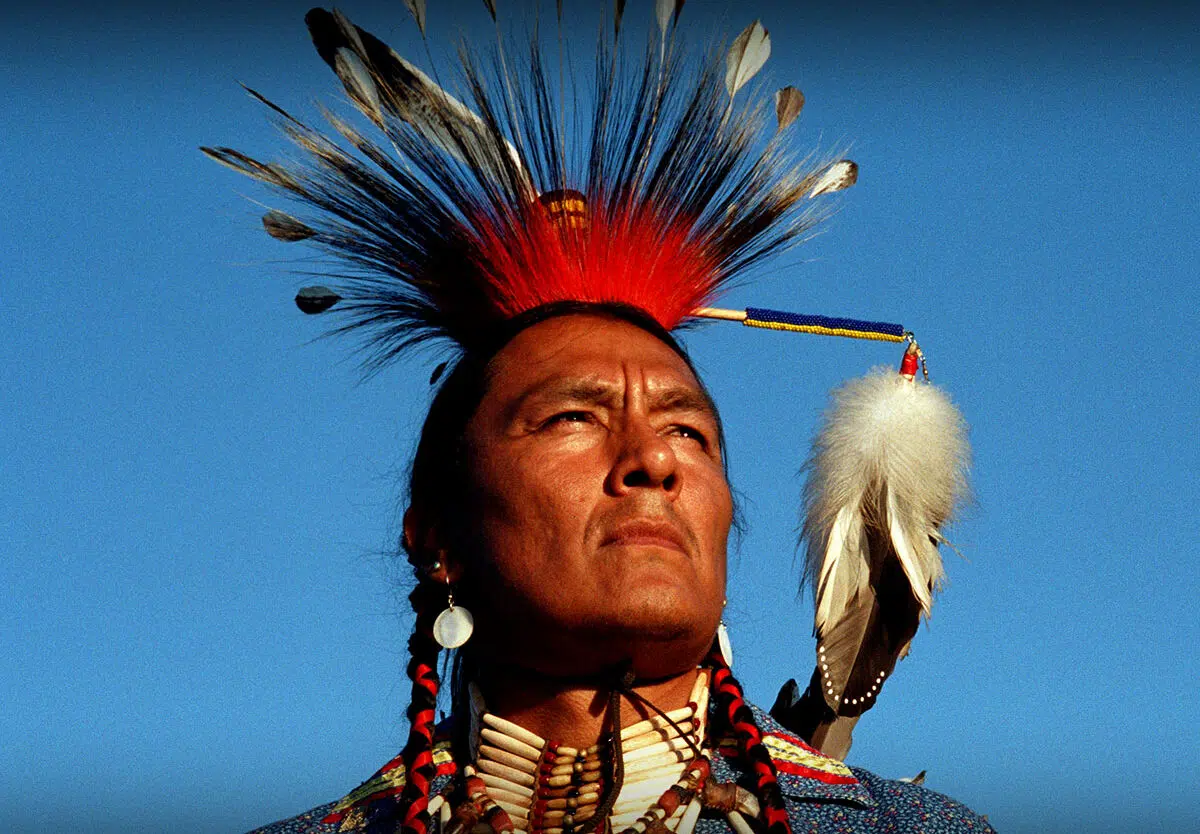National American Indian Heritage Month, also known as American Indian and Alaska Native Heritage Month, takes place in November. Native Americans have withstood different challenges over time and have still managed to stay true to their heritage. This month honors their stories, their culture, and their contributions to America, and hopes to educate the general public about the same. What started as a day’s celebration culminated in an entire month being designated for this incredible purpose.
History of Indian Heritage Month
The history of America began long before the Europeans came here at the dawn of the 16th century. Indigenous people resided all over this land and had their own cultures, traditions, and way of life that still informs and impacts today’s communities and societies.
For more than a hundred years, both Native and other Americans have asked for a special celebration to celebrate and mark the sacrifices and legacy of the original inhabitants of the United States, a movement that gained impetus during the 20th century. One of the first promoters of this celebration was Dr. Arthur Parker, himself a Seneca Indian who was also the director of the Museum of Arts and Science in New York. The founder of numerous American Indian rights organizations, Dr. Parker was famous for championing the creation of a ‘First Americans’ Day, which the Boy Scouts celebrated from 1912 to 1915.
Then, another Indian rights advocate, Reverend Red Fox James, went to Washington, D.C., in the spring of 1914 to petition for the creation of an ‘Indian Day.’ He repeated this process the following year, now presenting before the White House endorsements for his petition from 24 governors across various states. The annual Congress of the American Indian Association meeting formally approved a plan to celebrate American Indian Day that same year, and an official proclamation was even issued. This first formal recognition of American Indians was to be held on the second Saturday of each May.
Dr. Parker’s push for American citizenship for all Native Americans finally bore fruit in 1924, when the U.S. Congress signed a treaty that granted Native Americans such status. This act was later changed to involve Alaska Natives as well.
The late 20th century saw many official proclamations by American presidents honoring Native Americans via a special day, week, and finally, a month. The current month-long event in November is made official every year by a statute and/or a presidential proclamation.
Indian Heritage Month timeline
Ronald Regan officially announces the fourth Friday in September will be ‘American Indian Day’, and it becomes a state holiday in 1998.
November is proclaimed as 'National American Indian Heritage Month' for the very first time, under a law signed by then-President George Bush.
The animated series, “Molly of Denali,” is the first nationally distributed children's show to feature a lead character of Alaska Native descent.
American Indians and Alaska Natives make up 2.2% — or 7.1 million — of the total population in the U.S., according to a census.
Indian Heritage Month FAQs
Is it Native American Heritage Month or American Indian Heritage month?
When this month came into being in 1990, it was officially called ‘National American Indian Heritage Month’, and sometimes also ‘Native American Indian Month’. It was later expanded to include Alaska Natives, and the name changed to ‘American Indian and Alaska Native Heritage Month’.
Why is November the Native American month?
The official resolution proclaiming November as Native American Heritage Month in November says that this is because November marks the end of the traditional harvest season for Native Americans, and this period was generally a time to give thanks and celebrate.
Are Indians and Native Americans the same?
Both terms have been used to reference the Indigenous peoples of America. However, it is best to use the term that the person you are speaking to is most comfortable with.
How to Observe Indian Heritage Month
Learn their history
Read literature written by Native Americans and Alaska Natives. Watch documentaries and movies that tell the indigenous peoples’ stories. Learn all you can about these people and how they influenced the creation of the U.S.
Explore the culture
Taste traditionally Native American and Alaska Native food. Explore their language, traditions, and customs. You can even glean more information from some authentic T.V. shows and movies.
Participate in awareness activities
Check out what local cultural communities and your state have planned for this month-long celebration. You can choose from talks, speeches, showcases, and other events happening online or virtually.
5 Facts About Native Americans And Alaska Natives
Information was limited
Outsiders even believed Native Americans and Alaska Natives destroyed burial mounds, a theory that was only conclusively disproved after the 1890s when archaeologists proved most burial and temple mounds were built by the indigenous peoples.
Finding their history is very hard
Most documentation on the thoughts and perspectives of Native Americans and Alaska natives was oral, especially from the 15th to 19th centuries; the only way to extract information is to study their traditional art, folk tales, and other non-literary sources.
Their first (known) autobiography
Sarah Winnemucca wrote “Life Among the Paiutes: Their Wrongs and Claims” in 1883, and many consider this to be the first known autobiography written by a Native American woman.
Eat what you catch
Alaska Natives — and rural Alaskans — harvest as much as 18,000 tons of wild in a year, which is more than any other state in the U.S.
The First 'American Indian Day'
In 1916, New York was the first state to declare an official 'American Indian Day'.
Why Indian Heritage Month is Important
It’s raising awareness
The general public is more aware of Native Americans and Alaska Natives. It illuminates the challenges they have faced, and what their heritage and culture represent.
We get to celebrate these amazing people
This month gives us more chances to honor the incredible diversity and richness of culture indigenous people bring to the fabric of America. It is also a time to bring awareness to the wrongs done against the indigenous people of America.
Gives everyone a platform
Native Americans and Alaska Natives get an opportunity to share their culture with the world. This growing insight into their heritage helps build a strong bridge of understanding between the native folk and other Americans.
Indian Heritage Month dates
| Year | Date | Day |
|---|---|---|
| 2026 | May 1 | Friday |
| 2027 | May 1 | Saturday |
| 2028 | May 1 | Monday |
| 2029 | May 1 | Tuesday |
| 2030 | May 1 | Wednesday |











































































































































































